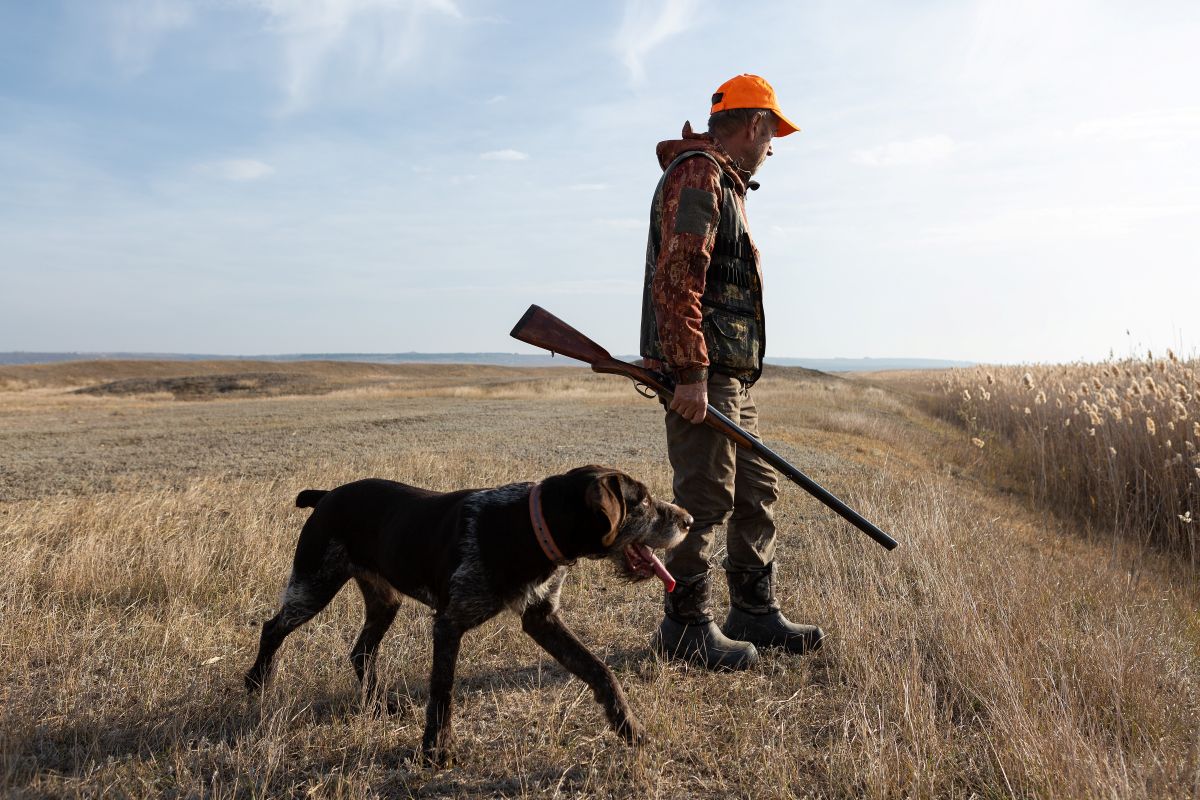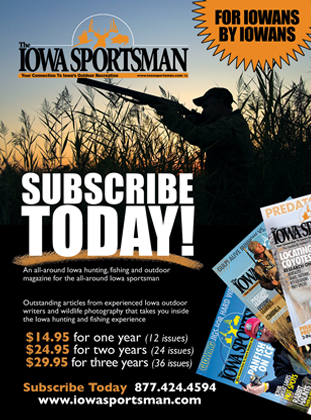Field Safety For You And Your Dog

Field Safety For You And Your Dog
Most of us would probably say that safety isn’t necessarily the first thing we think of when we make decisions around our bird dog, ourselves and our hunting experiences. However, that doesn’t mean we aren’t safe. If we were asked to identify some themes that describe how we make decisions around these things, we’d probably list things like quality, comfort and plans.
For instance, I make plans for this season, this training session and each specific hunt. With all the walking I do chasing birds, I need boots that are going to keep my feet comfortable. My dog’s vest is bright and sturdy, but most importantly, it fits them comfortably. When I purchase gear, it needs to be high quality so I’m not dealing with issues during a hunt.”
Even if we don’t think of safety first when it comes to training or chasing birds with our dogs, safety is and needs to be the linchpin in all our decisions. It’s woven into our plans. It’s linked with our comfort, and it’s a characteristic of our definition of quality.
Sometimes being safe means saying “no”. While sometimes being safe means planning to spend more than you’d originally anticipated. Sometimes being safe means overpacking, changing plans, and sometimes that means asking for help. We’d all agree that we’d rather be safe than sorry. Likewise, we’d rather be safe than stuck.
Get a Checklist
Having a checklist is one of the best ways we can ensure that safety remains or becomes a value we live out for ourselves and our dogs. Sure, some of the items on the checklist might seem elementary, but I’d rather have even those items on the list, so my forgetful mind isn’t responsible for putting myself and/or my dog in harm’s way. The reality is, even when we’re prepared, tragedy or the unexpected can happen and it’s especially in those moments that we’ll be grateful we have a checklist.
If you don’t have a checklist or you’d like to reexamine yours, here’s an outline.
Pre-Trip List
- Purchase my license/permit and necessary stamp.
- Let my spouse, significant other or good friend know where I’m hunting and for how long.
- Locate and save the contact information for veterinarians and emergency clinics in the area where I’m hunting.
- Locate and save the contact information for the DNR agent in the area where I’m hunting.
- Pack first aid kits for me and my dog(s).
- Pack my ear protection.
- Pack my eye protection.
- Pack my gun cleaning kit.
- Pack a change of dry clothes and shoes. Even if I’m only going on a day-long hunt. Being cold and wet is miserable, especially in cold and wet conditions.
- Pack the necessary clothing and footwear for the conditions and type of hunting I’m doing. If necessary, DON’T FORGET THE ORANGE!
- Pack the necessary clothing, stands/blinds, a crate and a crate cover (if my dog’s crate is in the back of a truck).
- Pack towels and toilet paper (you never know when you might need it.)
- Pack drinks and snacks for me and my dog.
- Pack my dog’s E-collar
- Make sure my gun is clean and in working condition and then get it in the truck.
- Review the hunting location on a map to know: the terrain, locations of buildings/homes, locations or roadways, etc.
Field Safety for you and your Dog
- Treat every firearm as if it is loaded. Never assume a firearm is unloaded. Place your finger on the trigger only when you’re ready to shoot. Always control the muzzle. Keep your muzzle pointed in a safe direction, and remember that wherever the muzzle points is in the crosshairs. Identify the target before putting my finger on the trigger.
- Communicate the safe shooting lanes. This is especially important if there is a new hunter in the group. When duck hunting, talk about whether we’ll take turns shooting, and whether we’ll stand or sit to shoot.
- Don’t sit a loaded gun down & control your dog. Dogs can inadvertently pull a trigger by stepping on it, but they can’t load guns. If I have to set down my gun, take out the shells. Also, keep my dog under control. A dog that runs around in the blind can knock guns over. A dog that’s running around the truck can cause unnecessary commotion.
- Never shoot at sound or movement. Assume it is another hunter until I can clearly see the animal.
- Stay aware of other hunters.
- Be sure of your target and what lies beyond it.
- Know where the boundaries, houses, roads, fences and livestock are located on the property and surrounding properties. Don’t overlook the possibility of a ricochet.
- Check your barrel. Be alert for barrel obstructions if we’re hunting in mud or snow. If you notice a strange-sounding report, unload the gun and check to make sure there’s not a wad stuck in the barrel, even if the shot hit the bird. Bring a cleaning rod to the blind to clear muzzle obstructions.
- Hold your fire. When dogs or hunters are out in the decoys, keep the gun muzzle up and don’t shoot. Dispatch any crippled birds before releasing the dog.
- Speak up. If you see unsafe gun handling during the hunt, say something. Be firm but tactful, as it’s embarrassing to get called out for unsafe gun handling. Regardless of their feelings, hunters who are a danger to the rest of the party need to be told what they’re doing wrong and how to correct it.
by Kyle Dana
November 2025
Here are some Nutrition Ideas that could help out your gun dog.
Or if you are looking for the digital version of this months issue here it is below
Looking for the Cattle/Dairy side of things

